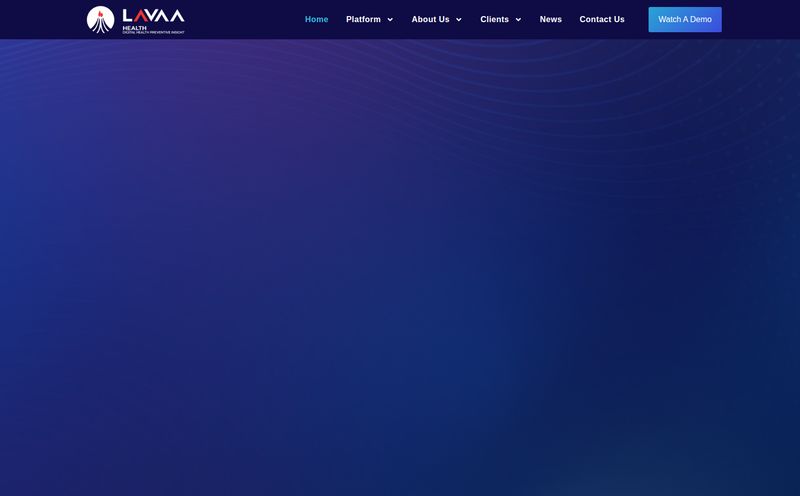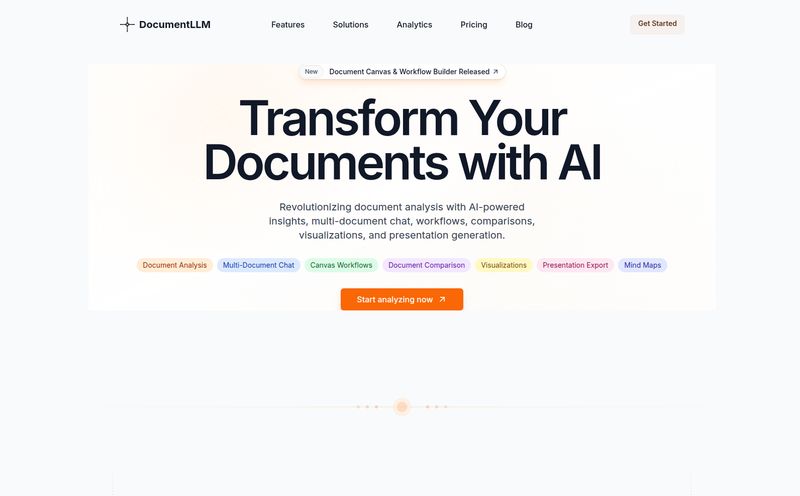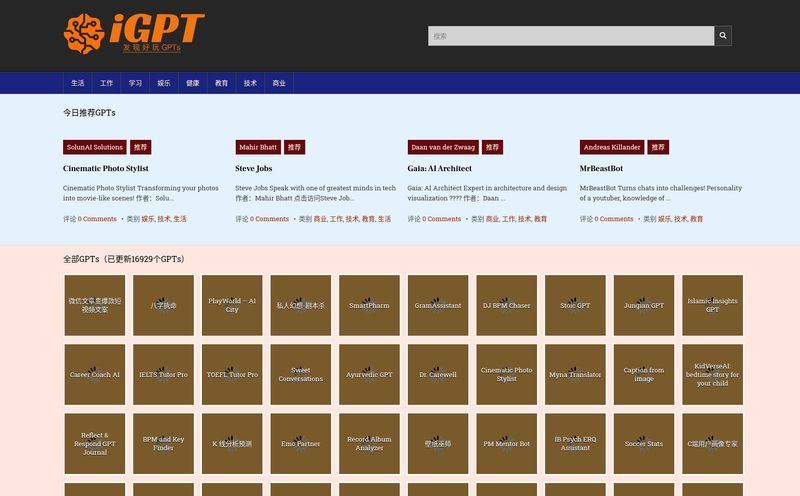I know, I know, not the sexiest topic. For years, I’ve watched the InsurTech space, and it’s always felt like an industry running on paperwork, caffeine, and sheer willpower. The amount of documentation involved in a single claim is enough to make your head spin. We're talking policy documents, police reports, medical invoices, legal letters... it's a mountain. And climbing that mountain takes time, which means slower payouts and frustrated customers.
For a while now, we've heard whispers of AI coming to the rescue. But a lot of it felt like clunky, rules-based software that was more trouble than it was worth. Then came the generative AI wave, the same tech behind tools like ChatGPT, and things started to get interesting. Suddenly, we have tech that can actually read and understand language. And that’s a game-changer for an industry built on words. Which brings me to the tool I’ve been looking at lately: Novo AI.
What's the Big Deal with AI in Insurance Anyway?
Before we get into Novo specifically, let’s set the stage. The insurance world lives and dies by something called the “combined ratio.” In simple terms, it's the ratio of money going out (claims, expenses) to the money coming in (premiums). A ratio over 100% means you're losing money. Insurers are obsessed with getting this number down, and for good reason.
Two of the biggest drains are operational inefficiency (aka people spending ages reading documents) and claim leakage, a polite term for paying out on fraudulent or inflated claims. This is where Generative AI waltzes in. It’s not just about automating tasks; it’s about understanding context, spotting anomalies, and summarizing complex information in seconds. It’s like giving your entire operations team a superpower.

Visit Novo AI
Introducing Novo AI: The Claims Whisperer?
So, what exactly is Novo AI? The company pitches itself as a way for insurers to leverage generative AI to automate claims, sniff out fraud, and achieve “10x results.” Big claim, right? I’m always a bit skeptical of those '10x' promises, but looking at their approach, the logic is sound. They're using Generative AI and Large Language Models (LLMs) to do the heavy lifting that has traditionally bogged down human adjusters and support staff.
And they seem to be taken seriously. A quick look at their site shows they're trusted by some heavy hitters like Deloitte, April International, and First Round. You don’t get partners like that by selling snake oil. They're clearly targeting the core of the insurance industry’s biggest headaches.
A Closer Look at Novo AI's Core Features
So what does it actually do? The website breaks it down into a few key areas, which I think cover the entire claims lifecycle pretty well.
Streamlining the Claims Nightmare
I’ve spoken to claims adjusters before, and their reality is a constant flood of documents. The first big feature of Novo AI is to tackle this head-on. It automates the analysis of everything from initial claim forms and emails to dense hospital invoices and police reports. Think of it as a tireless, incredibly fast paralegal who can read a 50-page medical file, pull out the relevant details, and summarize them in seconds. This isn’t about replacing the adjuster, it’s about freeing them from the drudgery so they can focus on the critical decisions. It's a massive time saver.
Playing Detective with AI-Powered Fraud Detection
Insurance fraud is a multi-billion dollar problem. It affects everyone by driving up premiums. Novo AI's platform is designed to be a digital bloodhound. By scrutinizing all the documents in a claim file simultaneously, it can spot the kind of subtle inconsistencies that a human might miss. Does the date on the invoice match the date in the police report? Does the description of the incident in the email contradict the official claim form? This is the stuff that reduces claim leakage and directly improves that all-important loss ratio.
From Data Piles to Actionable Gold
This is the part that, in my opinion, separates a good tool from a great one. It’s not just about processing individual claims faster. Novo AI promises to generate actionable insights from all that unstructured data it’s reading. What does that mean? It means it can spot trends. Maybe a certain type of water damage claim is spiking in a specific region, suggesting a need to adjust underwriting rules. Or perhaps it identifies that a particular medical provider’s billing is consistently higher than average. This is how data transforms from a cost center into a strategic asset, helping insurers price policies more accurately and understand market dynamics.
Boosting Customer Satisfaction (Without More Headsets)
Finally, there's the customer-facing side. We’ve all been there—stuck on hold, waiting for a support agent to find an answer to a simple question about our policy. Novo AI aims to fix this by equipping customer support teams with an AI-driven tool. The tool can quickly scan a customer's policy and provide a clear, easy-to-understand explanation of their coverage. Faster answers, more accurate information. It leads to happier customers and more efficient support teams. A clear win-win.
The Real-World Impact and a Few Considerations
So, the potential is obviously huge. Automating claims can slash processing times from weeks to days, or even hours. The fraud detection capabilities could save an insurer millions. And the customer support tools could genuinely improve what is often a frustrating experience. It’s all very exciting.
But let's be realists. What are the hurdles? First, implementing a system like this requires some initial investment, not just in the software but potentially in your own data infrastructure. Second, the classic AI dilemma: the output is only as good as the input. The accuracy of Novo AI will depend on the quality and completeness of the data you feed it. And third, there’s always the risk of algorithmic bias if the system isn’t monitored and trained properly. These aren't criticisms unique to Novo, but they are important considerations for any company venturing into AI.
So, How Much Does Novo AI Cost?
This is the million-dollar question, isn't it? As is common with enterprise-level B2B platforms, Novo AI does not list its pricing publicly. You won’t find a neat little pricing table with 'Basic', 'Pro', and 'Enterprise' tiers. This makes perfect sense, really. The cost will almost certainly depend on the scale of your operation—the volume of claims, the number of users, the complexity of the integration, etc.
Your best bet is to use the “Watch Demo” or “Let’s Talk” buttons on their website. This will get you a custom quote tailored to your specific needs. Don't be shy; these demos are usually the best way to see if a tool is a good fit anyway.
My Final Thoughts on Novo AI
So, is Novo AI the future of insurance? Look, the industry is changing, whether the old guard likes it or not. The manual, paper-based processes of the past are just not sustainable. A tool like Novo AI isn't just a 'nice to have' anymore; it's becoming a competitive necessity.
What I like is that it's not just a single-trick pony. It addresses the entire claims value chain, from initial filing and fraud detection to customer support and strategic analysis. While any AI implementation requires careful planning, the potential ROI here—in terms of efficiency, cost savings, and improved customer satisfaction—is undeniable. If I were a decision-maker at an insurance company, I'd definitely be scheduling a demo. It seems like a very smart step into a more efficient, data-driven future.
Frequently Asked Questions about Novo AI
What is Novo AI, in simple terms?
Think of it as a smart assistant for insurance companies. It uses advanced AI to read and understand all the paperwork involved in a claim, speeding up the process, detecting fraud, and helping the company make better decisions.
How does Novo AI help improve the combined ratio?
It tackles the two main drains on profitability: operational costs and claim payouts. By automating manual work, it lowers operational expenses. By detecting fraud and abuse, it reduces unnecessary claim payouts (leakage). Both actions help lower the combined ratio.
Is Novo AI secure for sensitive claims data?
While they don't detail their security protocols publicly, any platform handling sensitive PII and medical data at an enterprise level would be expected to have robust, compliant security measures like data encryption, access controls, and regular audits. This would be a key question for their sales team during a demo.
Does Novo AI replace human claims adjusters?
Not likely. The goal is to augment them, not replace them. It handles the repetitive, time-consuming task of reading and sorting data, allowing human experts to focus on complex decision-making, customer interaction, and cases that require a human touch.
What kind of documents can Novo AI analyze?
It’s designed to handle a wide range of unstructured text documents common in insurance, including claim forms, emails, hospital invoices, medical records, police reports, and even legal correspondence.
How do I get started with Novo AI?
The first step is to visit their website and request a demonstration. Their team will walk you through the platform's capabilities and discuss how it could be implemented within your organization's specific workflow.
References and Sources
- Novo AI Official Website
- McKinsey & Company - Insurance 2030: The impact of AI on the future of insurance



